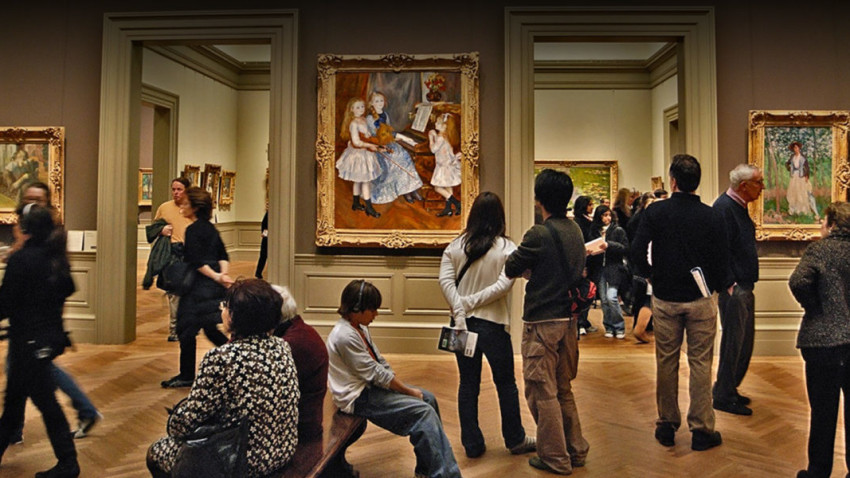Art is certainly a fascinating discipline with its many facets and shades.
About this purpose, the university of Bologna has conducted an experiment on a hundred “cavy of culture” with the aim of scientifically demonstrating, for the first time in Italy, if this discipline can have health benefits. The test was conducted during a series of guided tours to dome of the sanctuary of Vicoforte, in the province of Cuneo, near Mondovì.
This dome is the largest elliptical shape in the world and is only five meters smaller than the dome of St. Peter. This test was made by compiling a questionnaire to know the aptitudes of a hundred cavies and taking a sample of saliva before and after the visit to the dome to determine whether after seeing the wonderful frescoes and the extraordinary “extreme” architecture of the sanctuary vault, there have been changes in cortisol production, the stress hormone (hormone produced by the adrenal glands, ndr). If the amount of cortisol diminishes appreciably, the theorem is demonstrated. The study was conducted by an expert of the relations between culture and health.
It’s not just a question of culture. But it also involves knowing how to live in the most practical way: to learn art not to put it aside, but to use it every day. It also says a research, an international study that links psycho-physical health with culture, with art in particular. Harold J. Dupuy talked about it, an American researcher: contemplating a masterpiece we release dopamine, a neurotransmitter that regulates mood: the beauty causes emotions capable of acting on the mind more than drugs. In our life, to live well, we need more art. Because, as Picasso argued, “art washes away from the soul the dust of everyday life”. Or because, as recently Alain De Botton and Jhon Armstrong said, art allows us to solve the problems of life. And around this idea they have built their movement, their school where art is learned to establish satisfactory relationships, find happiness and overcome anxieties and fears related to death. Not only to contemplate the beauty, but also to improve our lives.
Here are five good reason to find the nearest museum.
- To cushion the effect of technology and train the critical sense
For nearly ten years, Harvard medical students have followed a course to train the clinical look, the “Training the Eye”, at Boston’s Fine Arts. This is because they have discovered that by looking at a picture, doctors enrich their analytical capacity and train their critical sense. In an image: training the clinical eye to identify the symptoms of their patients.

- Because it prepares for success
Lisa Phillips in “The artistic edge” explains that art is fundamental to helping kids free their potential. Not only at school but also at home. Art is a tool for not just a few but for everyone to develop their skills in terms of creative thinking, confidence, problem solving, and the ability to build effective relationships.

- It’s healthy
Loving art is good for health: those who love art have more chances to recover from the stroke. Those who cultivate this passion will have a faster and more consistent recovery. It says a research at Tor Vergata University in Rome. Researcher Ercole Vellone followed 192 patients who had suffered a stroke: those who were interested in art had a greater and more consistent recovery of their abilities. In particular, they found less difficulty walking, were less anxious and had a stronger memory.

- It allows us to free our creativity
Creativity does not have age. This is demonstrated by the city of Lisbon with Lata 65, a nonprofit organization that promotes art among the elderly population. And it’s not “just” going to shows, but to do art actively. An example? The project that transforms the elderly into street artists. The goal is to bring the elderly to the young on a common territory through art and creativity.

- Because it improves the mood
Looking at a painting is good for the mood. According to a study by the Norwegian University of Science and Technology in Trondheim, Norway, published by the Journal of Epidemiology and Community Health magazine, involving more than 50,000 people. The result of the study explains that observing a work of art significantly reduces anxiety and depression and in turn increases the feeling of satisfaction for one’s life.






